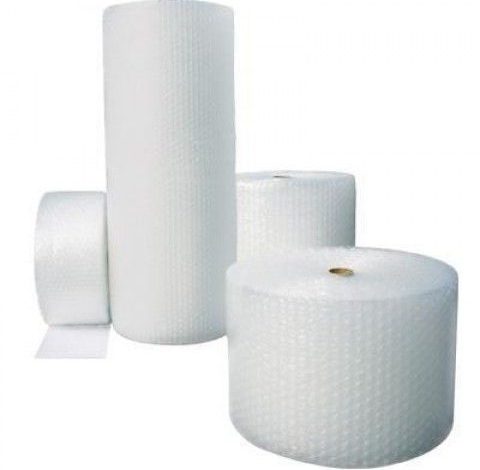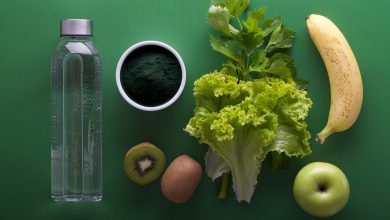The Essential Guide to Bubble Wrap in the UK

Bubble wrap, an iconic symbol of modern packaging, has become an indispensable material in the logistics and shipping industries. Its origins trace back to the late 1950s, when it was initially intended as textured wallpaper. Today, bubble wrap is celebrated for its protective qualities, ensuring that fragile items reach their destinations unscathed. In the UK, bubble wrap plays a crucial role in various sectors, from e-commerce to manufacturing, making it a ubiquitous part of everyday life.
The Evolution of Bubble Wrap
Invented by Alfred Fielding and Marc Chavannes in 1957, bubble wrap was initially a failed attempt at creating a new type of wallpaper. However, its true potential was soon realized when it was re-purposed as a packaging material. Its ability to cushion and protect items during transit quickly made it popular among businesses and consumers alike. Over the years, advancements in manufacturing have led to a variety of bubble wrap UK products, each designed to cater to specific needs.
Types of Bubble Wrap
In the UK, bubble wrap comes in various forms, each suited for different applications:
-
Standard Bubble Wrap: Featuring medium-sized bubbles, this type is ideal for general packaging needs. It provides a good balance of cushioning and flexibility, making it perfect for protecting a wide range of items.
-
Small Bubble Wrap: With smaller bubbles, this variant offers more flexibility and is ideal for wrapping delicate items that require a closer fit. It’s commonly used for electronics, glassware, and other fragile goods.
-
Large Bubble Wrap: Featuring larger bubbles, this type provides enhanced cushioning and is suitable for protecting heavier items. It’s often used for shipping furniture, artwork, and other bulky objects.
-
Anti-Static Bubble Wrap: Designed to prevent static electricity, this bubble wrap is essential for packaging electronic components. It helps protect sensitive items from electrostatic discharge during transit.
-
Self-Adhesive Bubble Wrap: Featuring an adhesive backing, this type of bubble wrap is convenient for wrapping items securely without the need for additional tape or fasteners.
The Environmental Impact
As with many plastic products, bubble wrap has faced scrutiny regarding its environmental impact. In the UK, efforts are underway to address these concerns. Many manufacturers now offer eco-friendly bubble wrap options made from recycled materials or biodegradable plastics. These alternatives provide the same level of protection while minimizing the environmental footprint.
Consumers and businesses are also encouraged to reuse bubble wrap whenever possible. Reusing bubble wrap not only extends its life but also reduces the demand for new plastic production. Additionally, recycling programs are increasingly available, allowing used bubble wrap to be processed and repurposed into new products.
The Role of Bubble Wrap in E-Commerce
The rise of e-commerce in the UK has significantly boosted the demand for bubble wrap. Online retailers rely heavily on this versatile packaging material to ensure that products arrive safely at customers’ doorsteps. Bubble wrap’s lightweight nature helps keep shipping costs down, while its protective qualities reduce the risk of damage during transit.
For small businesses and independent sellers, bubble wrap is a cost-effective solution that enhances customer satisfaction. A well-packaged item not only arrives intact but also reflects positively on the seller’s professionalism and attention to detail.
Innovations in Bubble Wrap
Recent innovations in bubble wrap technology continue to improve its performance and sustainability. For instance, some companies are developing bubble wrap with air retention barriers that maintain cushioning over longer periods. This is particularly beneficial for items that require long-term storage.
Another innovation is the creation of custom-sized bubble wrap. By tailoring the size and shape of the bubble wrap to fit specific products, businesses can reduce waste and improve packaging efficiency. This approach not only saves materials but also enhances the overall unboxing experience for customers.
Conclusion
Bubble wrap remains a vital component of the UK’s packaging industry, providing essential protection for countless items. Its versatility, affordability, and effectiveness make it a go-to choice for businesses and consumers alike. As the industry continues to evolve, innovations and sustainable practices will ensure that bubble wrap remains a practical and eco-friendly solution for years to come.
Whether you’re shipping delicate electronics or valuable artwork, bubble wrap offers peace of mind, knowing that your items are well-protected during their journey. Embracing eco-friendly options and reusing materials whenever possible can further enhance the positive impact of this indispensable packaging tool.



